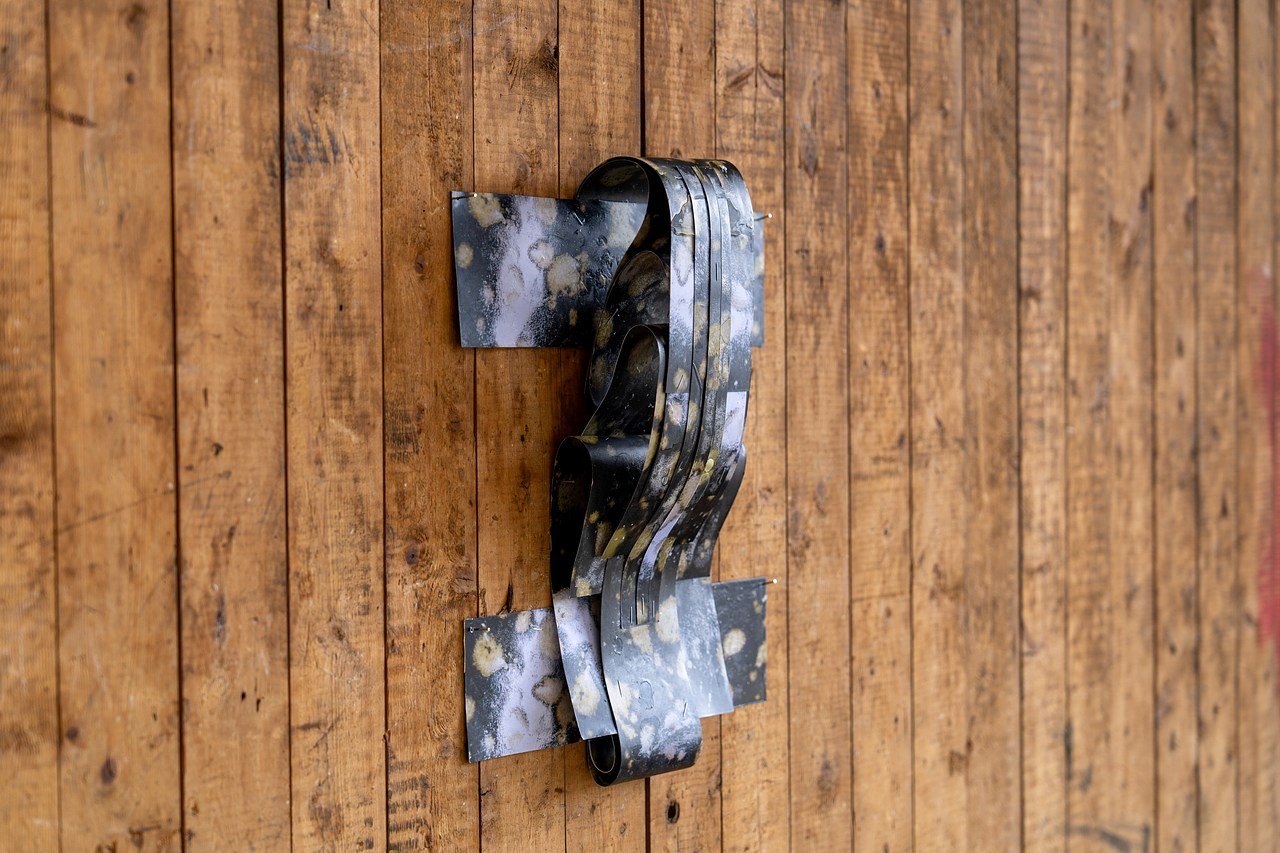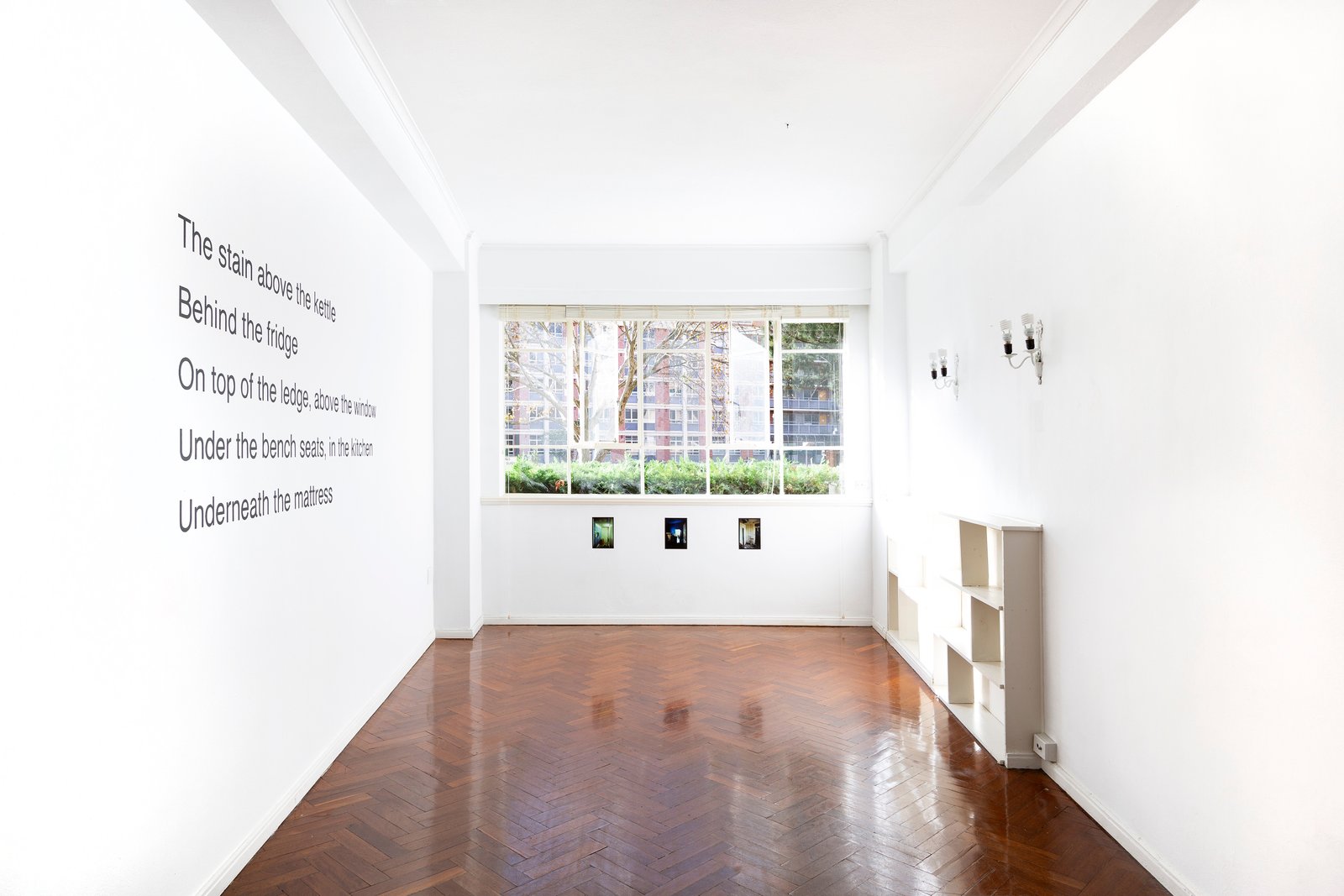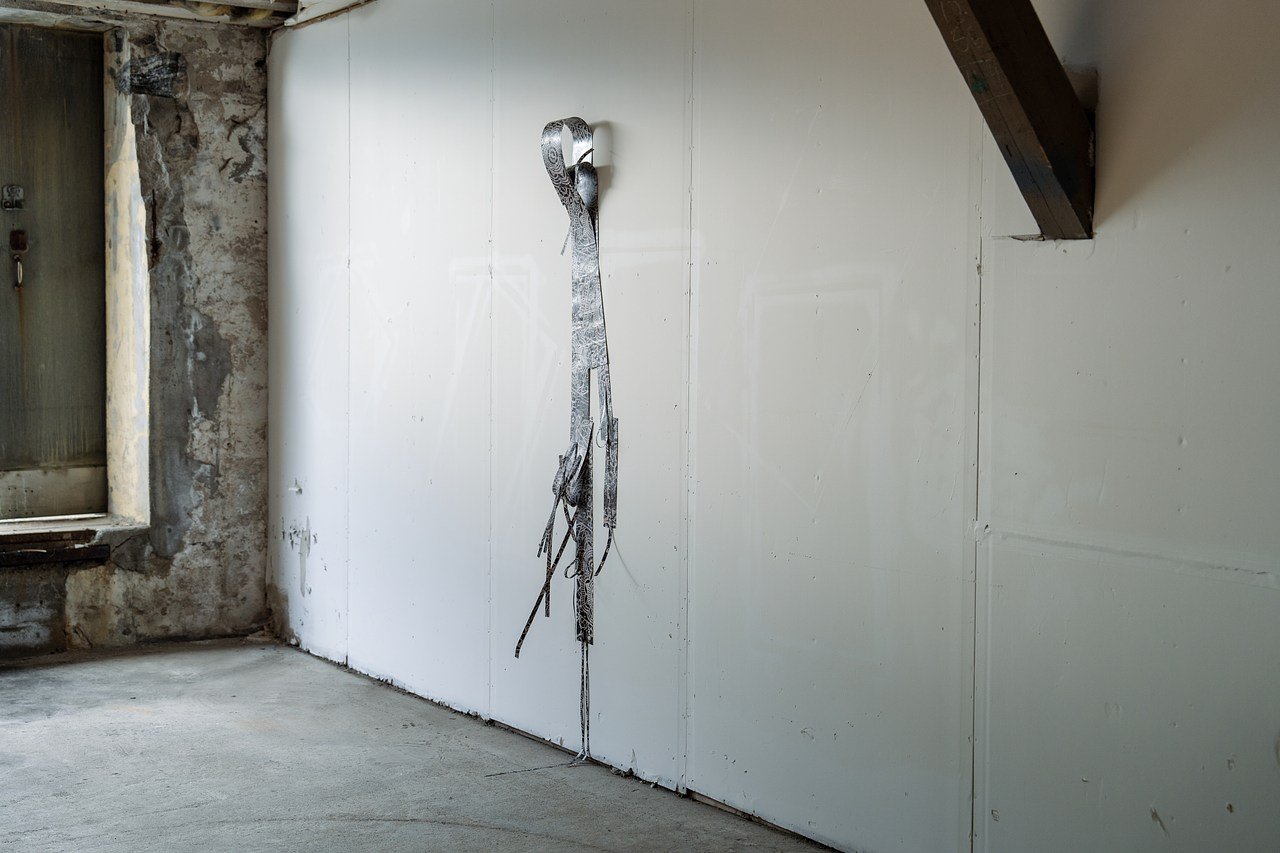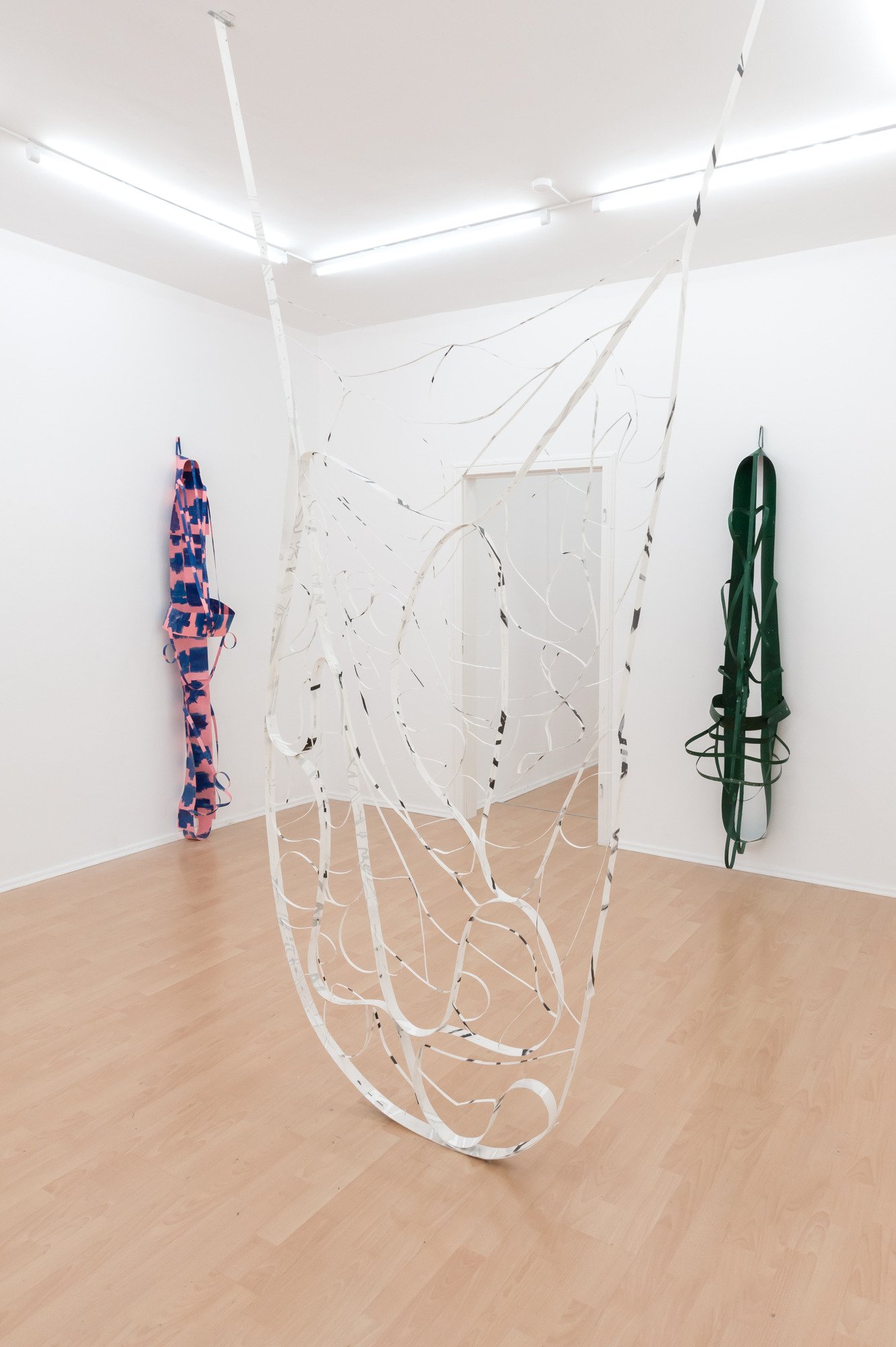Conor O’Shea, founder of SydneySyndey: an interview
Conor O’Shea opened SydneySydney in 2016, using the living room to organize exhibitions and encourage exchange and mutual influence.
We sat down with Conor Stein O’Shea, artist, founder and director of SydneySydney, a gallery and project space he established in Sydney in 2016. Working locally, historically and internationally, SydneySydney presents an exhibition programme as a hybrid commercial gallery, and from an artist’s perspective. Together we chat about his beginnings, the importance of allowing projects to move beyond purely commercial strategies, and supporting collaborative approaches with artists, colleagues and art professionals. His ongoing engagement with the local scene and his relationship with like-minded galleries and art space overseas has allowed him to operate freely, using the living room of his apartment in Potts Point as a place to organize exhibitions and encourage exchange and mutual influence.

You are from Germany. When and why did you move to Australia?
I was born in Stuttgart to an Australian mother and an Irish father, who both worked in Germany. We moved to Sydney in 1994, looking for a warmer climate and to be closer to our family. I still wonder what it would have been like to grow up in Germany…
Tell me about your beginnings. I’m curious to know how you come to art.
I was lucky that my mother took me to the StadtPalais museum in Stuttgart when I was very young, and showed me some works by Max Ernst and Joseph Beuys. She is a psychologist with a fascination with Rudolf Steiner, through my grandmother who was a librarian at the Theosophical Society in Sydney. It was a very natural path to art. My father is an engineer. As a child I remember loving his schematic drawings, which were left around the house. I saw them as artworks, more related to an energy with fascinating compositions rather than as practical instructions for a building. I continue to enjoy talking with him about his projects and finding similarities between what we both do. During high school, I volunteered at a small community gallery. I found an affinity for organizing, and sensed that I would one day start a gallery of my own. I then went to art school, started showing my work, and moved to Berlin where I worked for Simon Denny, which was an amazing experience. I initiated organizing shows in Germany and Vienna with students from the Academy, and then I decided to open SydneySydney when I returned to Australia in 2016.

Your artistic practice coexists with that of the founder and director of SydneySydney. You wrote to me in a recent email exchange that the gallery is an extension of your work as an artist. How does this vision inform your approach to programming the exhibitions?
I am interested in artists who organize exhibitions, and the gallery is a place for me to feel free, learn and collaborate with artists. Since I started, I have been so lucky enough to work with my favorite artists and galleries collaboratively from all over the world, which has really helped me develop, not only the gallery, but also my own work as an artist. These two activities coexist very much together. I feel it’s all connected, it’s the same energy. Now my goal is to develop the gallery programme as a hybrid commercial gallery, from an artist’s perspective.

With SydneySydney you have moved to different districts of the city, including Surry Hills, Paddington and the CBD (Central Business District). You are currently based in Potts Point. What made you change locations over time?
I had to choose a space that would meet my needs. I have mostly lived and worked in my galleries, so I needed two separate rooms. I changed locations because I wanted to interact with different parts of the city to engage audiences and collectors. I feel I have now really found my place and community in Potts Point.
How do you select the artists you invite and how does your gallery programme relate to the art scene in Sydney and Australia in general?
When selecting artists, I research the points of convergence within Australian and international art history. I travel as much as possible, visiting studios and exhibitions. I am also very interested in the 1950’s and 1960’s, a time when material experimentation was very unusual in Australia. This is the historical position from which I work, when I select artists and organize exhibitions.
In late 2023, I worked on a group exhibition at Sarah Cottier Gallery, a respected commercial gallery in Sydney. This project was inspired by the thematic rooms at Centre Pompidou in Paris. It included historical works by Godfrey Miller, Norma Redpath and Robert Klippel, alongside contemporary works by Hilaire Mais, Stephen Bram, Lewis Fidock, Joshua Petherick, Rose Nolan, Anne Graham, and Ross Mellick. My aim for this exhibition was to provide a broad survey of Australian art history, (the oldest artist was born in 1894), taking note from the Centre Pompidou’s thematic rooms. I was interested in how the space would react when numerous and contrasting works were placed very close together. It is so liberating to let the works coexist, to identify dialogues across time, and to find numerous similarities to what is being made today.
Currently at SydneySydney, I hosted an exhibition by Chicago-based artist Julia Fish. I feel that these two exhibitions together encapsulate my aims for the gallery programme, working locally, historically and internationally.
The 35 square meter living room of your studio-apartment serves as the viewing space for the gallery. What are the advantages and disadvantages of this?
My apartment was designed by Aaron M. Bolot in 1952, it is the first curvilinear building in Australia. It’s quintessentially European, with parquet floors and large rooms. After visiting galleries such as David Nolan and Isabella Bortolozzi, I decided to place my gallery in a similar intimate and unique architectural setting. A context that artists can respond to and viewers can relax in as they contemplate the artworks. Having all the utilities in one place also provides a cost-effective approach to running a gallery.
The only downsides are visitors access and the brick walls, which are less versatile than plaster ones. I am very lucky my building loves and supports the gallery and my neighbours attend the openings.

Collaborative energy, the exchange of ideas between artists and a DYI approach are essential parts of your credo. What’s most exciting about being a gallerist and working with artists in the way you do?
I am interested in the rich history of artists who organise, a small example of spaces include 84 west Broadway, Orchard, 15 Orient, Reena Spaulings, Galerie Meerrettich, and Feature Inc. I am also influenced by William Wright and Hilaire Mais who I met when I was young in Sydney – both artists who organise. I am represented as an artist by Mais Wright, run by the aforementioned acclaimed artist Hilaire Mais. I also show Mais work at SydneySydney and are great friends who have worked together for years, most recently in collaboration with Tara Downs, New York. [Here is the link to our interview with Downs, Ed].
For me the most enriching part is working collaboratively with the artists, building an exhibition together from beginning to end, and establishing a global community to exchange ideas with. Michael Callies, founder of dépendence in Brussels, said in an interview with Art Basel: “When you are an artist, you also see your gallery as artistic”. This really resonates with me, and how I try to approach running a gallery. I think because I make artworks myself, the exhibitions are a collaboration and not just a commercial offering to a potential buyer.
Let’s talk about your first exhibition at SydneySydney. I’m curious about how the city’s artistic milieu has welcomed you.
I felt really welcomed immediately. My first project was actually hosted at Redleaf, a famous swimming pool in Sydney. This group exhibition included: Martyn Reynolds, Hany Armanious, Quintessa Matranga, Sofia Leiby, Travess Smalley, Sydney Shen, Adriana Ramić, Hilarie Mais, and Viktor Timofeev. At the time I was obsessed with exhibiting work outdoor, and then I opened a physical space in Surry Hills with a solo exhibition by Martyn Reynolds.

Which project spaces or galleries do you appreciate the most? Which ones influence your business?
Spaces that have inspired my gallery programme and business include: The Artist Institute, New York, The Secession, Vienna, 84 West Broadway, Tribeca, David Nolan Gallery, New York, Pat Hearn Gallery, New York, 15 Orient, New York, Feature Inc., NewYork, Orchard, New York, Buchholz, Köln/Berlin, Leo Castelli, New York, American Fine Arts, Co., New York, Portikus, Frankfurt, Misako & Rosen, Tokyo, Isabella Bortolozzi, Berlin, Reena Spaulings, Los Angeles, China Art Objects, Los Angeles, Cabinet, London, Max Mayer, Düsseldorf, Miguel Abreu, New York, dépendence, Brussels, and The Oracle, Antwerp from my side of the world: Asbestos, Melbourne, Punk Cafée, Melbourne, Minerva, Sydney, Michael Lett, Auckland, Coastal Signs, Auckland, Sue Crockford, Auckland, Mais Wright, Sydney, and Fine Arts Sydney. My gallery has been commercial since 2019, and this year I have started consulting and dealing in historical and contemporary international and Australian work.
What’s your take on commercial galleries and art fairs today?
In the future, I quite like the idea of sharing a permanent commercial space and resources with a like-minded gallery such as Gaga & Reena Spaulings, Los Angeles, and LA MAISON DE RENDEZ-VOUS, Brussels. I think it’s a good model to have, five shows each a year.
Since I started SydneySydney, I have been very lucky to work with galleries I respect in a very collaborative way. In 2022 I participated at June Art Fair, and it was an amazing experience to work with Misako & Rosen , and Christian Andersen. I am very positive and keen in future collaborations between galleries, and galleries working together to organize their own fairs. I am participating in another artist-led art fair next year called May in Auckland, which was conceived by Sarah Hopkinson from Coastal Signs, Andrew Thomas and Michael Lett.
October 24, 2024
